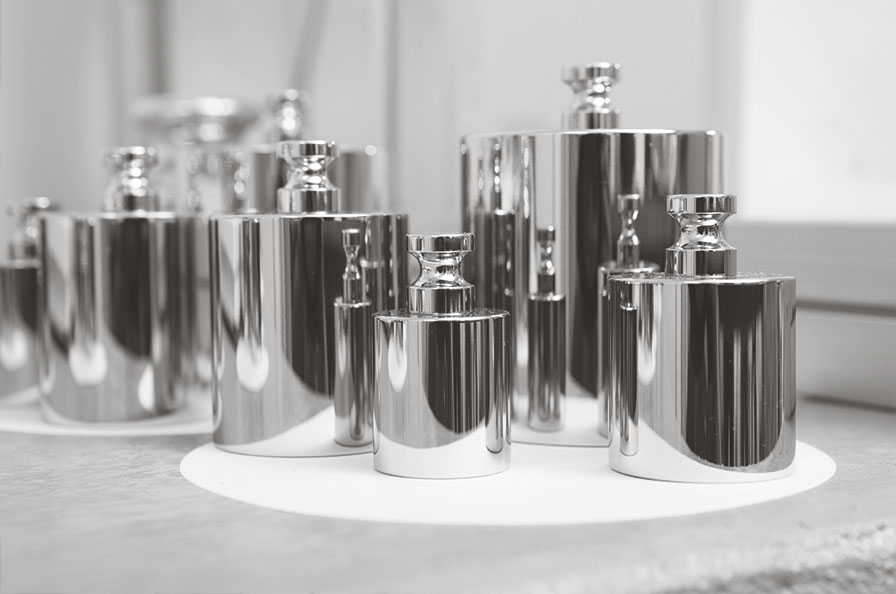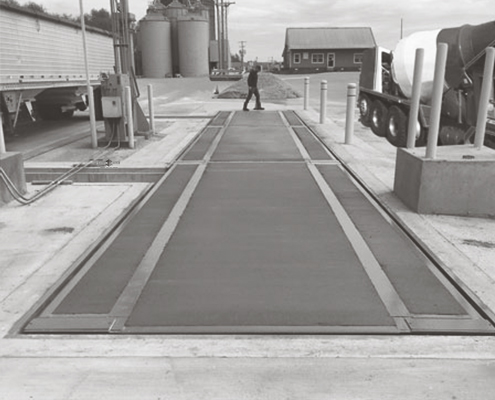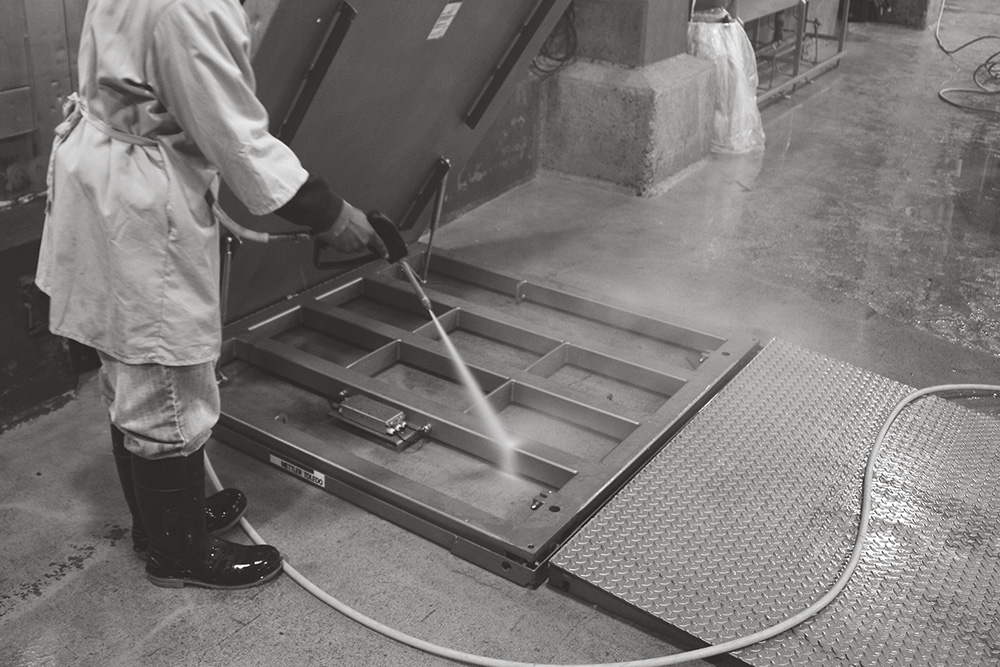
Defining Drift
Measurement Drift is a measurement error caused by the gradual shift in a gauge’s measured values over time. Although improper handling can accelerate it, nearly all measuring instruments will experience drift during their lifetime. If left unchecked, this shift can cause significant measurement errors, safety hazards, and quality issues. In this article, we’ll examine the primary types of drift and highlight a few tips for mitigating the risks.
Types of Drift
In the metrology world, there are three primary types of drift. No, we aren’t talking about giant fluffy snowdrifts, adrenaline-pumping drifts on a racetrack, and gently drifting down a stream. We’re talking about the exhilarating metrology terms: Zero Drift, Span Drift, and Zonal Drift.
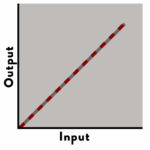
No Drift
First, let’s establish what it looks like when there is no drift. No drift is present when the measured value is equal to the calibrated value.
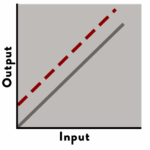
Zero Drift
Zero or Offset Drift is a consistent shift across all measured values. As the name implies, a change in the zero value causes this type of drift.
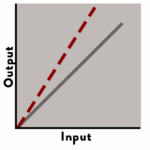
Span Drift
Span or Sensitivity Drift is a proportional increase or decrease in the measured values away from the calibrated values as the measured value increases or decreases.
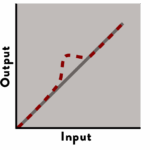
Zonal Drift
Zonal Drift is a shift away from the calibrated values within a specific range of measured values, while other values remain unaffected.
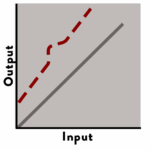
Combined Drift
It’s not uncommon for multiple types of drift to occur simultaneously. In metrology, we refer to this as Combined Drift.
What Causes Drift
Depending on your instrument, a variety of factors can cause drift:
- Time
- Sudden shock
- Environmental changes
- Vibrations
- Normal wear and tear
- Improper use
- Debris buildup
- Electromagnetic fields
Measurement Drift Durations
Before managing drift, it’s essential to determine the typical duration or behavior of the drift your instrument is experiencing. Understanding this helps determine what actions are needed to restore accuracy.
Short-term drift is a temporary effect caused by flexible factors such as thermal expansion, environmental interference, or vibrations. Once removed from the environment or allowed to rest, the gauge’s values will return toward their calibrated state.
Long-term drift is typically caused by regular wear and tear or other gradual damage. It usually requires an adjustment to restore accuracy. Since long-term drift tends to develop consistently over time, it can often be predicted and corrected before an instrument moves out of tolerance.
How to Manage Drift
Even though drift is unavoidable, proper care and maintenance are the best ways to minimize its development. Below are our top seven tips for reducing the risk of drift:
- Use equipment only for its intended purpose.
If a task isn’t designed for the equipment, don’t use it for that. We’ve seen everything from lunches eaten on a surface plate to calipers used to pry open a container. Precision instruments are built for specific tasks and any use outside of that purpose can completely ruin its functionality. - Use equipment only within approved ranges.
This is particularly important for scales and equipment without hard stops. Overloading, overextending, or even operating near maximum limits can accelerate drift or cause permanent damage. - Treat your equipment like glass.
Despite the rugged environment where many gauges exist, they are delicate equipment. Drops, bumps, and sudden shocks can affect measurement accuracy. - Keep equipment in stable environmental conditions.
Environmental fluctuations can cause instruments to expand and contract. These subtle changes can gradually push equipment out of calibration. - Use in-house references.
Since drift occurs gradually, it can go unnoticed for long periods. Using in-house reference tools with known values allows you to regularly compare and catch changes early. - Establish a control chart.
Tracking reference values on a control chart help reveal trends and possible root causes. Control charts offer insights into equipment and process performance. Interpreting them can uncover procedural issues, tool wear trends, operator errors, or sudden damage. - Practice regular preventive maintenance.
Even under ideal conditions, drift will occur over time. The only foolproof method for keeping it in check is through routine preventive maintenance such as cleaning, lubrication, calibration, and necessary adjustments.
How We Can Help
Tired of juggling different calibration vendors for every piece of equipment? We simplify the process with our comprehensive ISO/IEC 17025-accredited calibration scope, we help prevent measurement drift and ensure accuracy across all of your equipment. That means one company, one point of contact, and one invoice saving you time, paperwork, and cost. Plus our proprietary cloud-based asset management platform, CalVault, is included at no additional cost.
To learn more about how we can support your team, request a consultation below.
